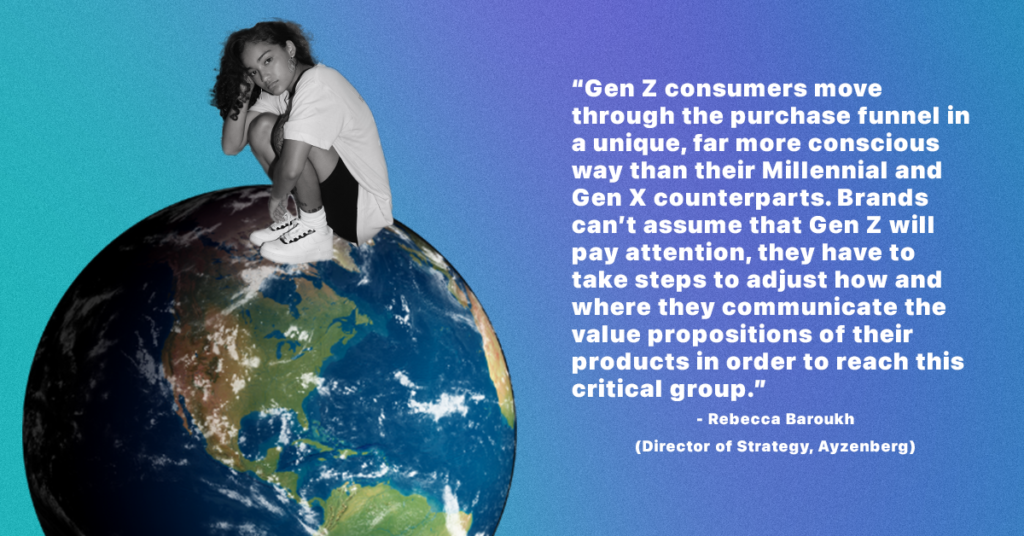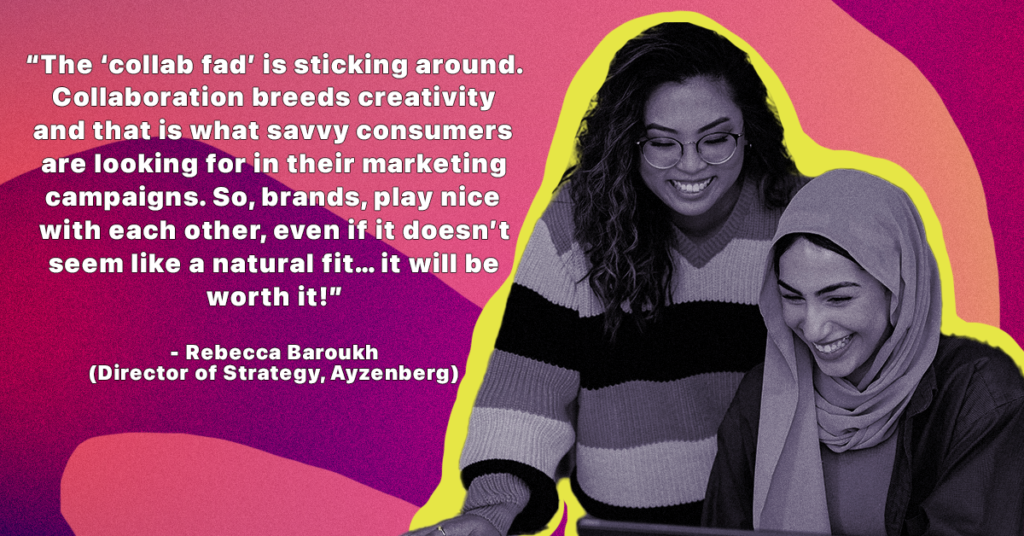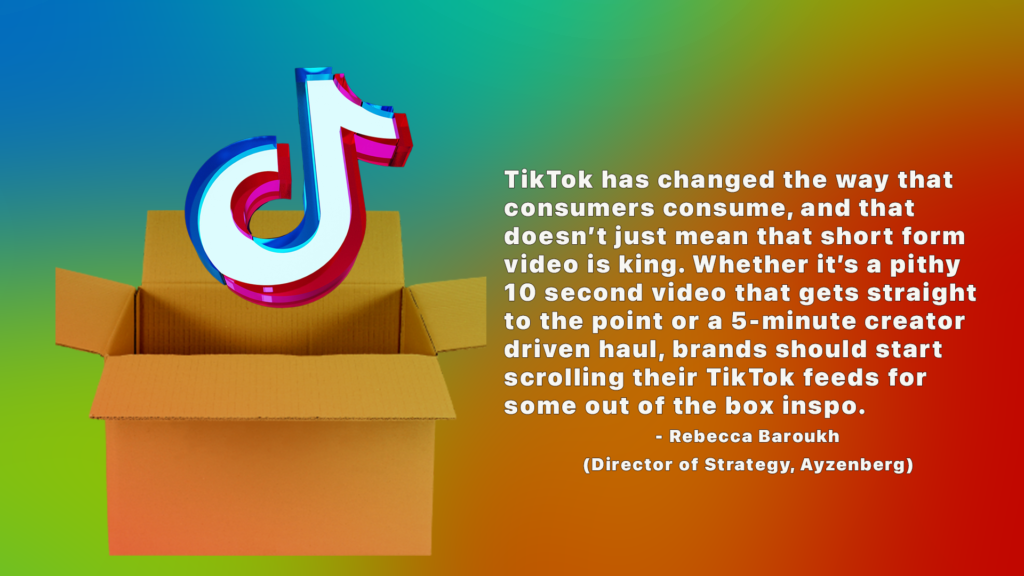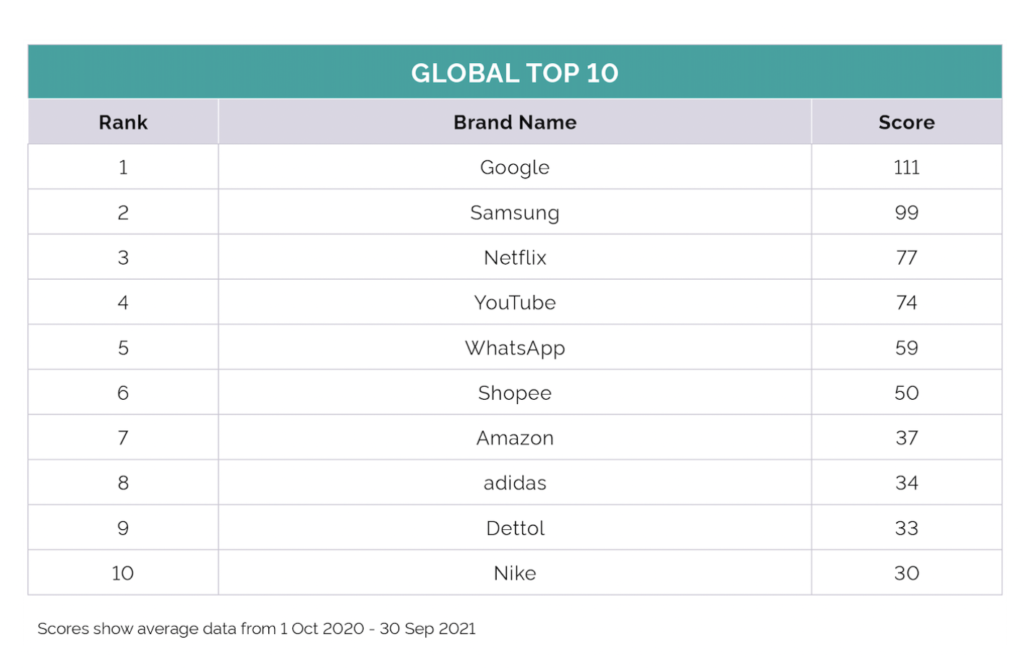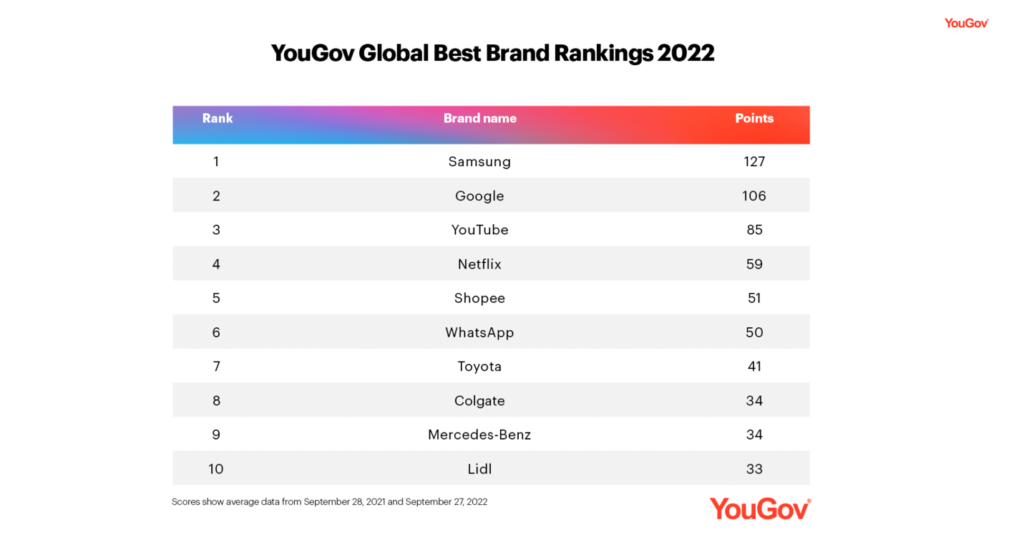We’re taking a look at recent chief marketer appointments at businesses including Sprouts Farmers Market, Starz, McAfee, Hertz and more—as well as a departure at Best Buy.
Alisa Gmelich Appointed New CMO at Sprouts Farmers Market
With more than 25 years of experience in brand development and marketing strategy in the prepared foods market, Alisa Gmelich is set to join the Sprouts Farmers Market team as their new senior vice president and chief marketing officer, leading the company’s marketing, advertising and customer engagement initiatives.
“We’re thrilled to welcome Alisa to the Sprouts team,” President and Chief Operating Officer Nick Konat told The Produce News. “Her experience in building brands and growing customer engagement will be instrumental in shaping Sprouts’ marketing strategy to support our expansion and deepen loyalty with our customers.”
Before taking on this new role for the chain grocer, Gmelich held various marketing positions at Auntie Anne’s, IHOP and Burger King Corp., taking on projects with local and national impact, from directing sales to menu innovation.
“I am extremely humbled to join Sprouts, a brand that I’ve long admired for innovation and purpose,” Gmelich told The Produce News. “Providing communities access to healthy, affordable foods is more important today than ever before, and I look forward to helping the brand connect even further with customers nationwide in meaningful ways with the products they need and desire.”
Best Buy’s Frank Crowson Steps Down As CMO
Earlier this month, Frank Crowson stepped down as Best Buy Co.’s chief marketing officer after working in that capacity for the electronics retailer since May 2020, according to the Minneapolis/St. Paul Business Journal. Crowson held a senior executive position at the company for three years prior to becoming CMO, utilizing customer data to help brands tailor their marketing strategies and reach consumers.
“My focus and accomplishments centered around building the Best Buy brand through customer obsession,” Crowson wrote in his LinkedIn profile, “driving traffic through digital, data-driven marketing, and consistently driving profitable growth of retail media.”
Prior to leading Best Buy’s marketing operations, Crowson worked in similar roles at Guitar Center and Target Corp.
Best Buy has yet to announce a replacement, though Chief Customer Officer Allison Peterson is reportedly now in charge of producing “meaningful differentiation and brand love” among the retailer’s customers.
McAfee Corp. Hires Deirdre Findlay as New Senior VP, CMO
McAfee Corp. announced the appointment of industry leader Deirdre Findlay as senior vice president and chief marketing officer earlier this week. The seasoned marketing executive comes to the San Jose-based computer security software company from Condé Nast, where she led marketing efforts for brands including Vogue, Vanity Fair and The New Yorker.
Over the course of a 25-year career, Findlay has worked with several brands, including Google, eBay and Stitch Fix, to expand their digital marketing enterprises, even leading the first integrated brand campaign for the personal styling company.
As McAfee’s new CMO, Findlay will reportedly supervise the company’s worldwide marketing and communication efforts, driving growth and advancing brand reach globally.
“The ability to enjoy life online safely and confidently is made possible because of McAfee,” Findlay said in a company press release. “To be part of this mission-based company and make an impact in the daily aspects of people’s lives globally motivates and inspires me. The need for comprehensive online protection has never been greater. I’m excited by the opportunity to help unlock even more value for our customers and partners by building richer and more immersive experiences with the McAfee brand.”
Wayne Davis To Take On CMO Role At Hertz Global Holdings Inc.
Building on more than 20 years of industry experience, veteran marketing and sales executive Wayne Davis is set to assume the CMO mantle at Hertz Global Holdings Inc. starting Jan. 3, 2023, where he will lead the company’s Hertz, Dollar and Thrifty brands’ marketing strategy.
“Hertz is an iconic brand with unlimited potential,” Davis said in a press release from the vehicle rental company. “I’m excited to get started with a talented marketing team to bring even more breakthrough ideas to the marketplace and connect Hertz with our consumer, corporate and rideshare customers.”
Prior to taking on this new role, Davis worked in marketing, sales and business development across multiple industries, with the last four years spent growing GE Appliences’ Café brand, which reportedly more than tripled in size under his leadership, becoming one of the fastest growing brands in the appliance industry.
“I am delighted to have Wayne join our leadership team at this exciting time for Hertz,” said Stephen Scherr, Hertz CEO. “Wayne’s brand-building experience and expertise in data-driven marketing analytics is a powerful combination, and I am excited about the vision he will bring to Hertz as we transform our business through electrification, shared mobility and a digital-first customer experience.”
Starz Hires Former Netflix Marketing Executive Jimmy Hilburn For CMO Position
Former Netflix marketing executive Jimmy Hilburn recently became Starz’ newest CMO as the network fills various senior positions, including senior vice president of publicity, events and awards and executive vice president of direct-to-consumer. In his new role, Hilburn will reportedly oversee all marketing, media, publicity and creative teams at the company.
Before leaving Netflix, where he worked for more than eight years, Hilburn held senior marketing positions, working on the streamer’s stand-up comedy brand, as well as international originals and several hit shows, including “Bridgerton,” “Ozark” and “Narcos.” Prior to Netflix, Hilburn worked at AMC, where the assisted in launching shows like “Breaking Bad,” “Mad Men” and “The Walking Dead.”
Rhea Ghosh Becomes Cosynd’s First-Ever CMO
Rhea Ghosh will take the lead on all communications initiatives and consumer brand marketing at copyright protection service Cosynd after being promoted to the newly created CMO position. Building on a decade’s worth of experience working with entrepreneurs, brands and creators, Ghosh will also supervise the company’s advocacy initiatives within its partner network, which includes CD Baby, the American Association of Independent Music, the MLC, Repost by SoundCloud, Symphonic Distribution, BookBaby, DiscMakers, AdRev, Soundrop and BeatStars, among others.
Ghosh joined Cosynd in 2020, and prior to that, she was the global head of marketing at Downtown Music Publishing, overseeing all its marketing and communications strategy worldwide.
Additionally, Ghosh also helped launch New York Music Month, an annual festival celebrating music’s impact in the state, as well as Sound Thinking NYC, a program designed to introduce women to careers in the music industry.
“Rhea is a true gem and we are so fortunate to have her take on such a significant role at Cosynd,” said Jessica Sobhraj, CEO of Cosynd. “She is a natural connector, innovator and a real advocate for creators with an impressive track record of meaningful contributions to our industry. Her extraordinary ability to build bridges across communities and generate successful outcomes adds tremendous value for our partners and ultimately the millions of creators that they serve.”
Martin Burke Named Patisserie Valerie CMO
With 15 years of experience marketing hospitality, food service and other fast-moving consumer goods, Martin Burke, former marketing director at Bettys & Taylors of Harrogate, joins Patisserie Valerie and sister brand Bakers + Baristas as their new CMO. Burke will oversee marketing for the company’s stores, tea rooms and cafes across the U.K. and Ireland, as well as its e-commerce platform.
“His impressive marketing track record, expertise in e-commerce and passion for the industry means he is perfectly placed to drive the two brands forward, and we look forward to seeing where this leads us,” Patisserie Valerie and Bakers + Baristas group CEO James Fleming told British Baker.
Before taking on this new role, Burke had worked at Bettys & Taylors of Harrogate for 10 years, handling the brand’s marketing and consumer insights. He’s also held similar positions at Warner Bros. Entertainment and PlayStation.
“I’m looking forward to seeing how we can move in new and exciting directions, not just with our stores, but across our e-commerce channel to deliver innovative and delicious hand-crafted products to our customers nationwide,” Burke told British Baker.
